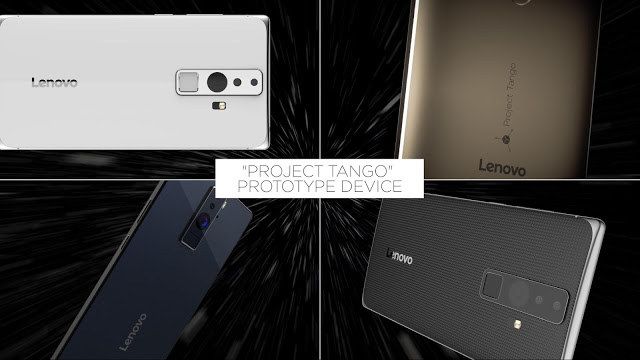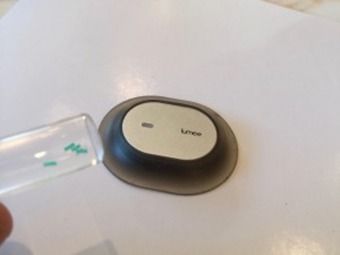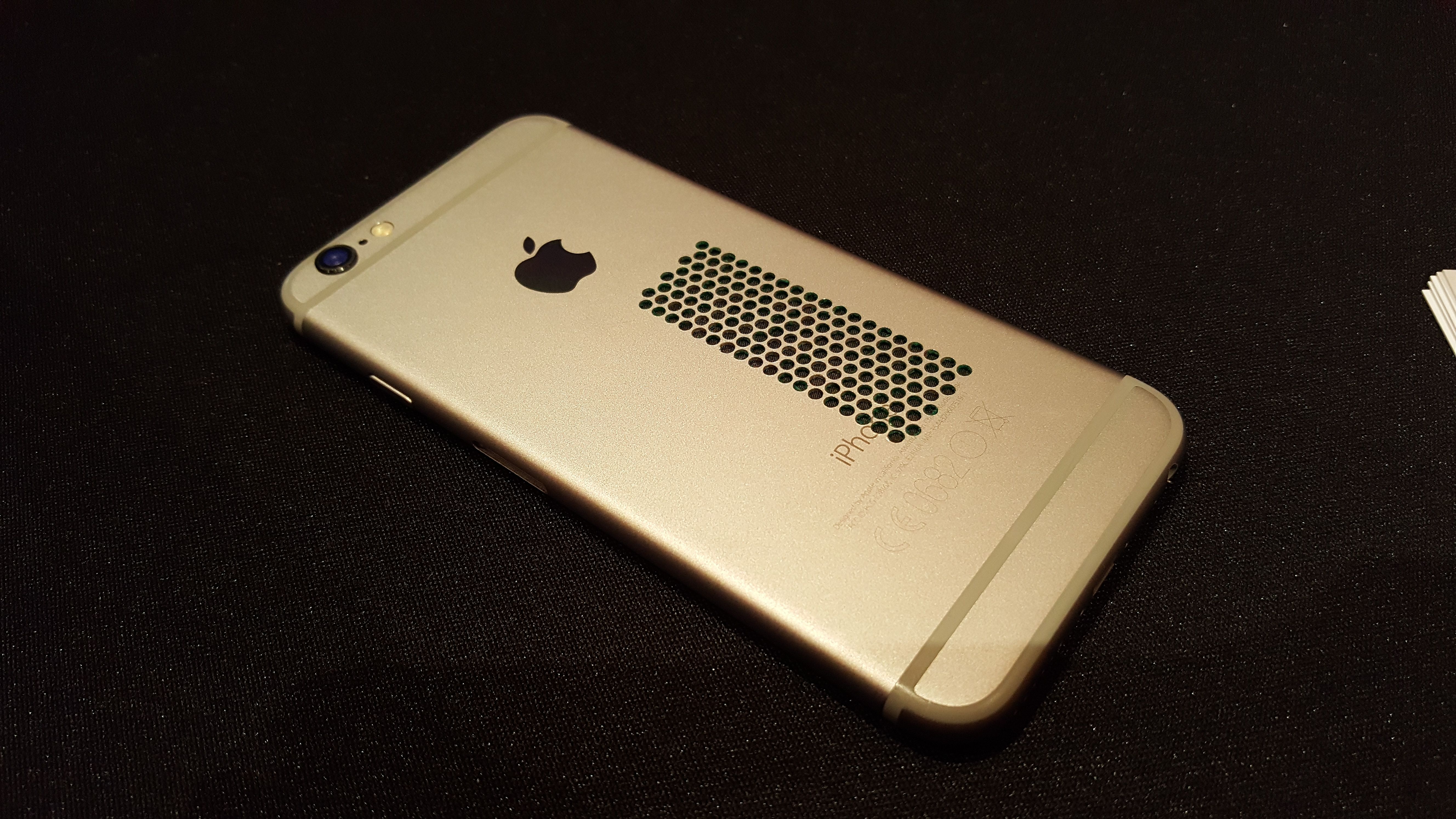
Sharing my recent posting that I did on Linkedin Pulse. I will admit that I purposely delayed this article in concerns of creating a panic; however, with the progress that has been occuring across the globe and in some cases accelerated the maturity of this technology; I believe it is time for governments, industries, etc. to start thinking about their own broader strategic plans around Quantum as well as how they will address any impacts.
Quantum Computing is making great progress in so many areas such as chips, network/ Internet, etc. each month. And, many industries such as financials, telecom, tech, and public sector namely defense and space, etc. have made big investments in this technology as well as have developed some interesting partnerships such as Wall Street. Everything looks so promising and exciting for our future when we look at the various ways how Quantum Computing can change our lives around AI, improving the medical technologies, how we interact with devices (wearables, VR, etc.), and even how we travel will advance through this technology. The future looks extremely rosy and bright; right?.
I believe it can be with Quantum; however, in every major shift/ disruption in technology, there is always a transformation progression that has to naturally occur thru stages. And, Quantum is no different; however, the disruption that Quantum will bring is going to be on a much more massive scale than what we have seen in the past. The reason why is Quantum is truly going to impact and improve every area of technology not just in devices, or a platform, AI, VR, etc.; I mean everything in technology will be changed and improved by Quantum over time.
Continue reading “Quantum Computing – things that need to be considered for our future Quantum Computing World” »





 Last week at CES, South San Francisco based Profusa showed off an upcoming injectable sensor that can be used to continuously monitor oxygen levels in tissue. Measuring only five millimeters long and a tiny 250 microns in diameter, the biosensor can be injected into tissue with just a hypodermic needle. It consists of a soft hydrogel scaffold that allows it to be biologically compatible with the surrounding tissue without any foreign body response. The sensor also contains a special chemical marker that changes fluorescence depending on the amount of oxygen that reacts with it. An optical reader placed on the skin measures the fluorescence and relays the data to a smartphone. The biosensor can last as long as two years (at which point the chemical marker begins to lose its potency), and because it contains no electronics and is completely biocompatible there’s no need to remove it.
Last week at CES, South San Francisco based Profusa showed off an upcoming injectable sensor that can be used to continuously monitor oxygen levels in tissue. Measuring only five millimeters long and a tiny 250 microns in diameter, the biosensor can be injected into tissue with just a hypodermic needle. It consists of a soft hydrogel scaffold that allows it to be biologically compatible with the surrounding tissue without any foreign body response. The sensor also contains a special chemical marker that changes fluorescence depending on the amount of oxygen that reacts with it. An optical reader placed on the skin measures the fluorescence and relays the data to a smartphone. The biosensor can last as long as two years (at which point the chemical marker begins to lose its potency), and because it contains no electronics and is completely biocompatible there’s no need to remove it.












